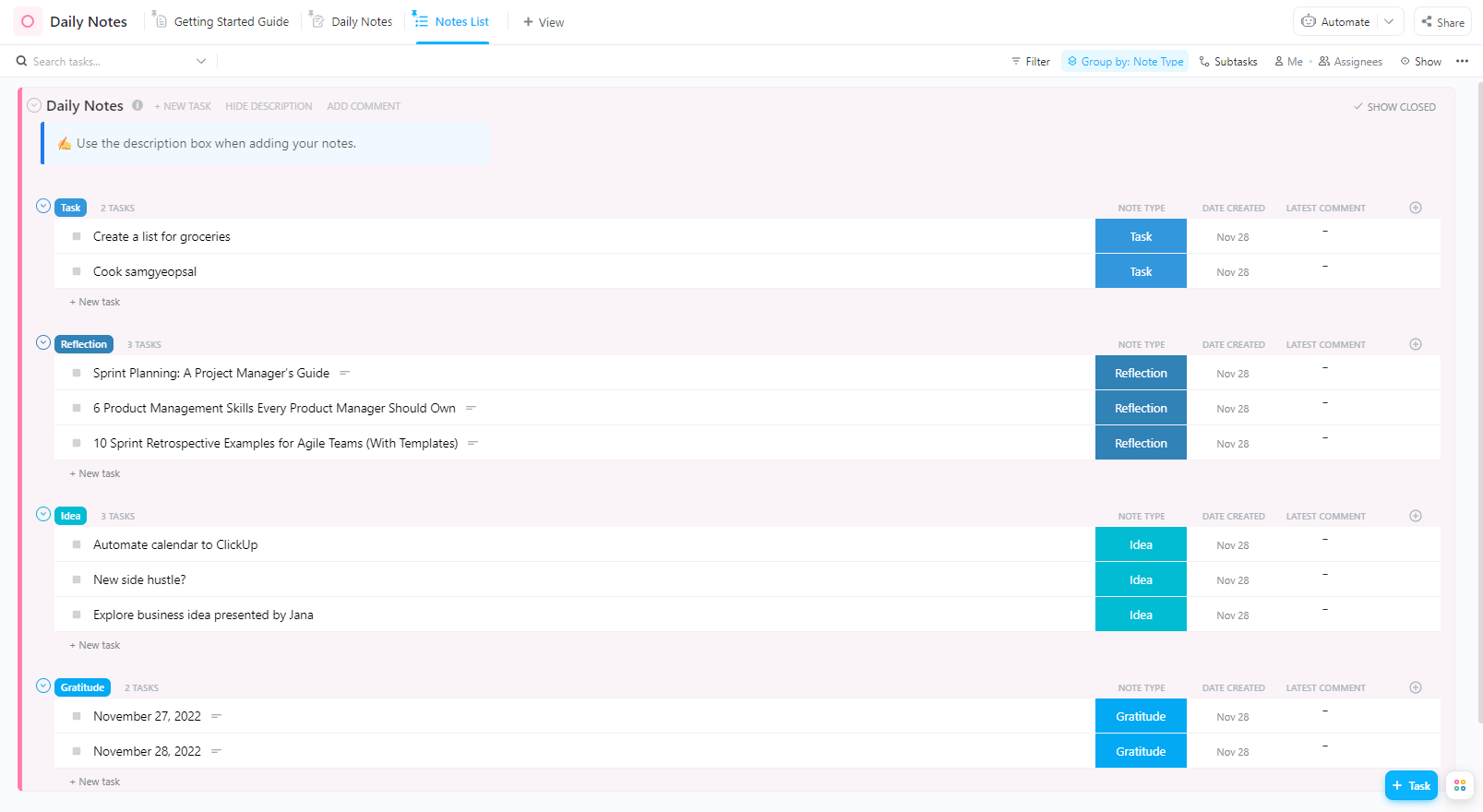Researchers at Carnegie Mellon University have introduced LegoGPT, a system that generates physically stable and buildable LEGO structures from natural language descriptions. The project combines large language models with engineering constraints to produce designs that can be assembled manually or by robotic systems.
LegoGPT is trained on a new dataset called StableText2Lego, which includes over 47,000 LEGO models of more than 28,000 unique 3D objects, each paired with detailed captions. The models are derived by converting 3D meshes into voxelized LEGO representations, applying random brick layouts, and filtering unstable designs using physics simulations. Captions are generated using GPT-4o based on renderings from multiple viewpoints.
Source: https://avalovelace1.github.io/LegoGPT/
The model architecture is based on Meta’s LLaMA-3.2-1B-Instruct and fine-tuned using an instructional format that pairs LEGO brick sequences with descriptive text. At inference time, the system predicts one brick at a time in a bottom-to-top raster-scan order, applying several validation checks to ensure that each brick placement adheres to known constraints such as part existence, collision avoidance, and structural feasibility.
To handle instability during generation, LegoGPT includes a rollback mechanism. If a newly added brick leads to a physically unstable structure, the system reverts to the last stable state and continues to generate from that point. This approach is intended to produce final structures that are both prompt-aligned and mechanically sound.
Reactions from the community have been mixed. One user on Hacker News noted:
This does not seem like a very impressive result. It is using such a small set of bricks, and the results do not really look much like the intended thing. It feels like a hand-crafted algorithm would get a much better result.
In contrast, another response emphasized the methodological contribution:
But I think the cool part here is not photorealism, it is the combo of language understanding and physical buildability.
The system includes tooling for visualization and texturing using external packages like ImportLDraw and FlashTex. The team also provides scripts for fine-tuning on custom datasets and supports interactive inference through a command-line interface.
LegoGPT, along with its dataset and associated tools, is released under the MIT License. Submodules used for rendering and texturing have separate licenses. Access to some components, such as the base language model and Gurobi solver for stability analysis, may require separate agreements.
The work aims to support future research in grounded text-to-3D generation, physical reasoning, and robotics, offering a reproducible benchmark for evaluating structural soundness and prompt alignment in generative models.








